Looking for the must-try beginner mountain biking trails in Tucson, Arizona? Set your wheels on our selection of 3 easy mountain biking loop options in Arthur Pack Regional Park, Fantasy Island, and Tucson Mountain Park. Roll – and read – on!
Disclosure: This post contains affiliate links. If you buy something from one of our affiliates, we receive a small commission at no extra charge to you. Thanks for helping to keep our blog up and running!
Table of Contents
Best beginner mountain biking trails in Tucson, Arizona
Mountain biking is big in and around Tucson, Arizona. Snowbirds flock here for mild winters, plentiful sunshine – and the wide variety of terrain. Getting out on mountain bikes is a natural choice for many active travelers. But what if you haven’t biked for a while, are nervous about biking in the land of cactus, or are just starting out with the sport? What makes for the best beginner trails?
Factors to consider when choosing beginner-friendly trails
What makes a trail beginner-friendly? There are many different ideas as to what makes a mountain biking trail good for beginners but in my mind, it comes down to these:
- trail width (wide trails boost confidence)
- trail length (long enough to make it worth the effort to get there, but not so long beginners become tired and start to lose their ability to ride well)
- trail surface (smooth, packed trails with few if any rocks or steps are beginner-friendly)
- trail rating (all of these factors will combine into a trail rating – and if you’re using an app such as Trailforks to find a trail, it should always be green for beginners)
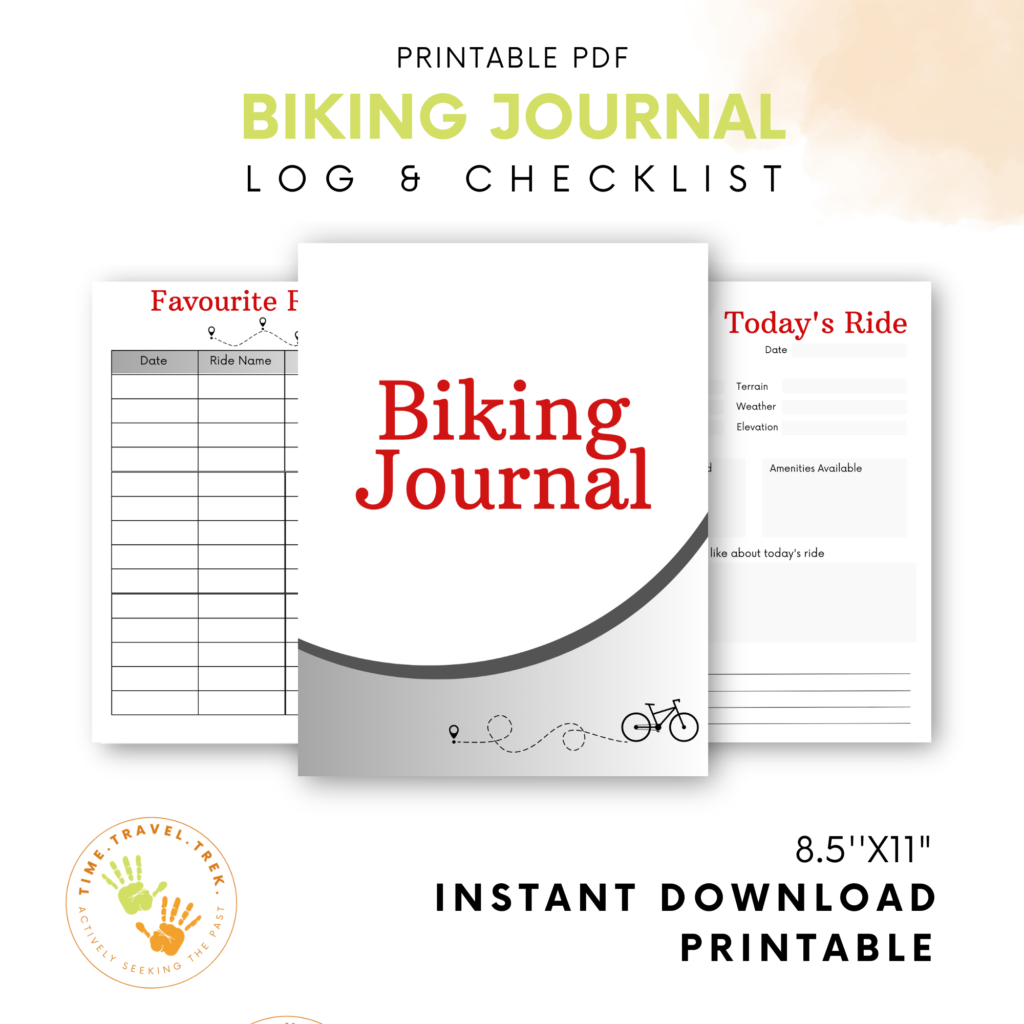
Recommended beginner-friendly mountain biking trails in Tucson
There are numerous mountain biking areas in and around Tucson. A few are better than others for beginner riders. We’ve chosen 3 must-try, easy loop trails in different sections of the city. To make it even easier, they are ranked – with Trail 1 being the absolute easiest to Trail 3 being a little more challenging for a new mountain biker. Roll on!
Trail 1 in Arthur Pack Regional Park
The Arthur Pack Regional Park trails are often overlooked when it comes to mountain biking trail selection in Tucson because they are short and relatively flat – perfect! The park has roughly 250 acres (101 ha) in its southern half called the Maeveen Behan Desert Sanctuary. This is where the bike trails are located. The 4.7-mile (7.7 km) trail system was created with beginners in mind. These trails are a great place to learn off-road cycling and practice mountain biking skills.
Our suggestion for a great loop is to start at the carpark and access the Maeveen Behan trail. Take Hardy Wash to the Connector Trail and head out to the Northwest and Northeast loops before coming back XC trail back onto Maeveen Behan trail and back to your vehicle.
The Maeveen Behan and Hardy Wash trails are wide and straight with few corners. The Northwest and Northeast loops are where practice in taking curves and gentle dips comes into play. It doesn’t matter which way you take these loops – we did it both directions several times – they are just plain easy fun with a few little dips and curves to keep it interesting. Trails are wide and the surface is flat and smooth.
The nearby playground is a great spot for a picnic lunch after the ride – and it has washroom facilities. Arthur Pack Regional Park is located at 9101 North Thornydale Road in Tucson, AZ. You can find an online map of the Arthur Pack trails here.
Who were Arthur Pack and Maeveen Behan?
If you’ve read one or two posts at Time.Travel.Trek., you’ll know that I like to find out the backstory whenever possible! History, herstory, backstory – it all adds to the big picture, making it multidimensional and far more interesting.
Arthur Newton Pack was a wealthy American naturalist and writer who founded the American Nature Association and the periodical Nature Magazine along with Percival Sheldon Risdale. Living in Tucson, Arizona he helped establish the Arizona-Sonora Desert Museum and set up a million-dollar trust for St. Mary’s Hospital.
Maeveen Behand was the leader of Pima County’s Sonoran Desert Conservation Plan. She wrote more than 100 detailed works describing the natural setting of the area.
Trail 2 in Fantasy Island
Yes, these trails are a dream amid southeast Tucson suburbs! You might think Snakedance and Bunny’s Revenge are a bit of overkill in the name game for these superb, fun and flowy trails.
Beginners might want to start with the one-way, 2-mile (3.3 km) Bunny Trail East. Return to the parking area along the one-way, 1.9-mile (3.1 km) Bunny Trail West. It’s a great starter loop. Now that you’ve built up your confidence, you can go further with the curves of the approximately 1.9-mile (3.2 km) of Snakedance and extend it on the 1.5-mile (2.5 km) Bunny’s Revenge.
Do them all – and then do them again!
Someone – or some many – had fun installing every type of bunny imaginable along the way. Keep your eyes open for stuffed bunnies in cholla cactus, ceramic bunnies beneath Palo Verde trees, wooden bunnies staked in the ground and many more.
What we really love about this system is that beginners can have fun, but if you have more advanced riders in the group, they can head over to the Lone Cactus and Christmas Tree mountain biking loops for more challenge.
There are no washroom facilities at this location. Fantasy Island is located at 9500 E Irvington Rd, Tucson. You can find an online map of the Fantasy Island trail here.
Trail 3 in Tucson Mountain Park
Our final trail selection in our favourite mountain biking area – Tucson Mountain Park. These trails were our first introduction to the wonders of desert mountain biking – and they remain our faves to this day.
While there are plenty of green trails to choose from, the 6.8-mile (10.9 km) Ironwood Trail is the perfect loop for beginners to get a little more distance under their riding shorts. The trails around Ironwood Picnic Area are not too popular with hikers because they’re pretty flat. This makes for them perfect for introductory mountain biking.
There are no facilities at this location and parking is limited. Access to this portion of the Tucson Mountain trails is from the Ironwood Picnic Area at the end of Hal Gras Road south off Kinney Road in Tucson Mountain Park. You can find an online map of the Tucson Mountain trails here.
Final notes on beginner mountain biking trails in Tucson
Obviously, these suggestion for 3 must-try beginner mountain trails are just a small fraction of what exist. Be aware thattrail and road conditions are always changing. Good resources for current information and additional trail suggestions include local bike shops and mountain biking organizations.
Remember, as a beginner, it is important to start slow and gradually build your skills and confidence on the trails. Don’t overestimate your skill or fitness level. Always wear proper safety gear and consider taking a mountain biking class or getting guidance from an experienced rider. Consider taking a class or joining a guided ride.
Watch out for cacti and other pokey desert flora on narrow trails. We once saw the results of a biker who bit the dust and landed in a prickly pear patch. It wasn’t pretty. A local strolled by as the group was busy hauling out tweezers. He took one look and suggested making an appointment at a local salon for a waxing. Yes, hot wax strips are perfect for pulling out large numbers of tiny barbs stuck in flesh!
A pick-style comb is another handy tool for your riding kit for picking off what we call the Velcro cactus – aka “jumping” or “Teddybear” cholla. Trust me, there’s nothing cute about these suckers when they are stuck to your leg!
In addition to sticking to riders, think about your bike tires. While many riders choose to go tubeless, we buy tubes with green goop – a sealant – inside to seal up most of the cactus pin holes. And be sure keep an eye out – and always finger on the brakes – for snakes and other animals on the trail.
Whatever you do, wherever you go – stay safe and have fun!
Checklist of mountain biking must-haves
- Mountain bike – buy, rent or borrow.
- Helmet – protecting your head is crucial while riding, so invest in a high-quality helmet.
- Gloves – can help you maintain a good grip on your handlebars and protect your hands in case of a fall.
- Cycling shoes – mountain biking shoes provide better grip on the pedals.
- Cycling shorts – padded shorts can help reduce discomfort during long rides.
- Water bottle or hydration pack – staying hydrated is key to any physical activity.
- Sunglasses – to protect your eyes from the sun and any debris that may fly up while riding.
- Bike repair kit – a small kit with basic tools and spare parts can help you fix any issues that may arise on the trail.
- First aid kit – a basic first aid kit can help you deal with minor injuries.
- Trail map or app – it’s important to know where you are and where you’re going.
- Bike lock – keep your bike safe when you’re not riding it.
- Bike lights or headlamp – if you plan on riding close to sunset, make sure you have lights to help you see and be seen.
*Remember, this is just a basic checklist. Depending on the length and difficulty of your ride, you may need additional gear or supplies.
What to carry in your mountain biking repair kit when hitting beginner mountain biking trails in Tucson
- Multi-tool: a multi-tool with various sizes of hex keys, screwdrivers, and a chain tool can help you make quick repairs or adjustments on the trail.
- Tire repair kit: a small kit with tire patches, glue, and tire levers can help you fix a flat tire quickly.
- Spare inner tube: if you get a flat tire that you can’t patch, you’ll need a spare to continue the ride.
- Pump and/or CO2 inflator: you’ll have to inflate your tires after repairing or replacing them.
- Duct tape: handy for a variety of quick fixes, such as patching a tear in your tire or temporarily securing a broken part.
*Keynote: Carrying these items is good, making sure you know how to use all the items in your repair kit before heading out on the trail is better!
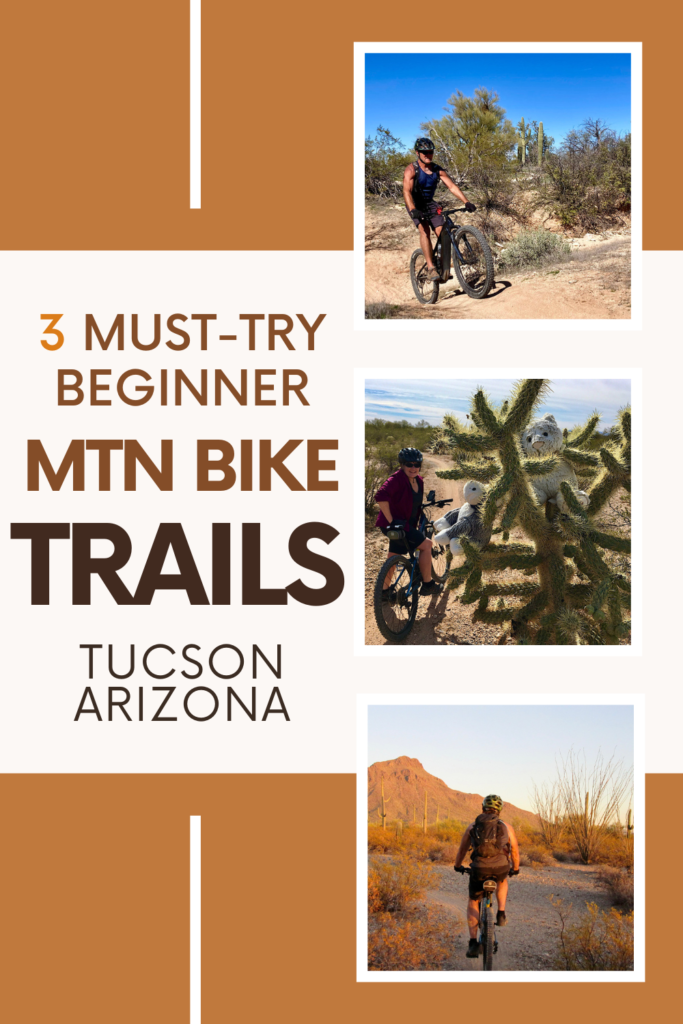
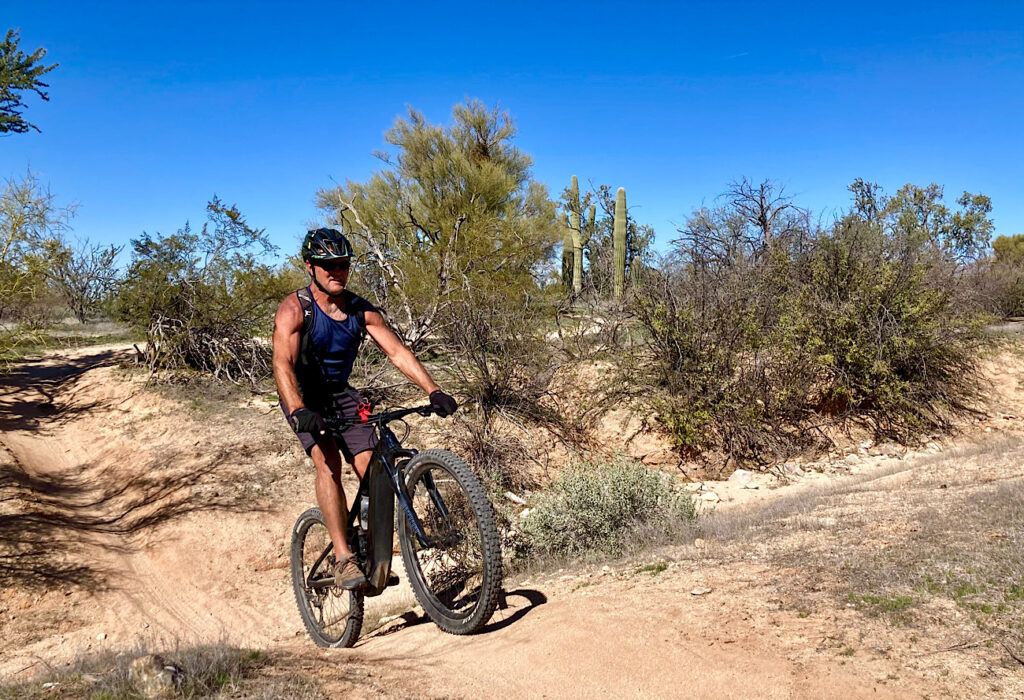
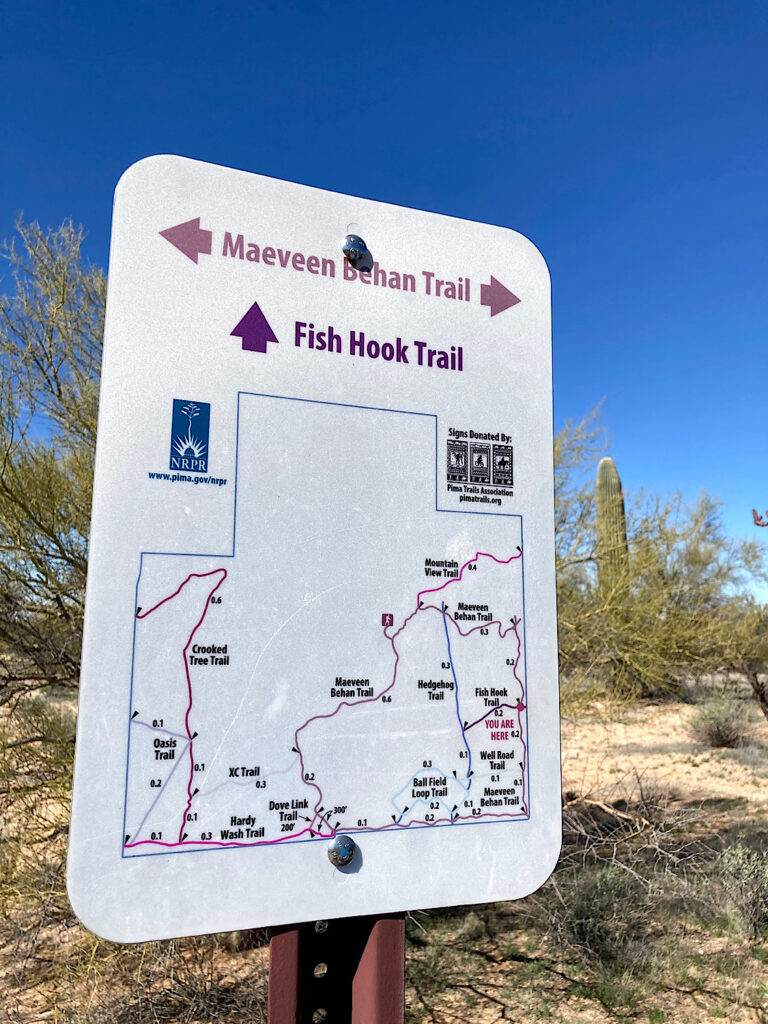
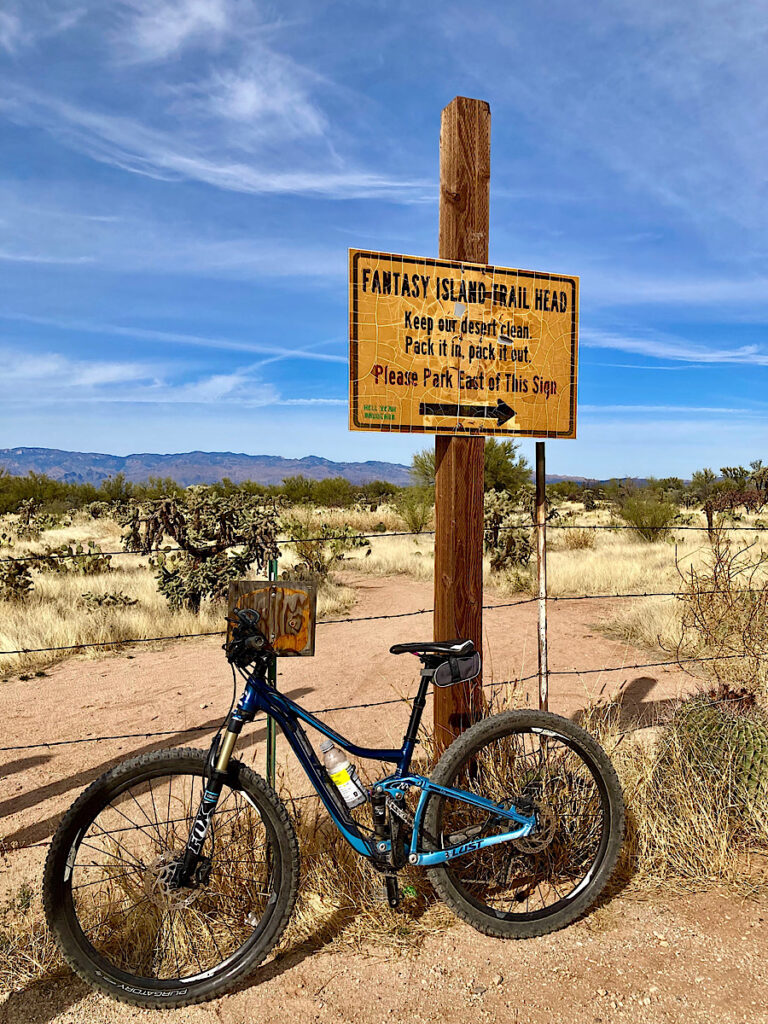
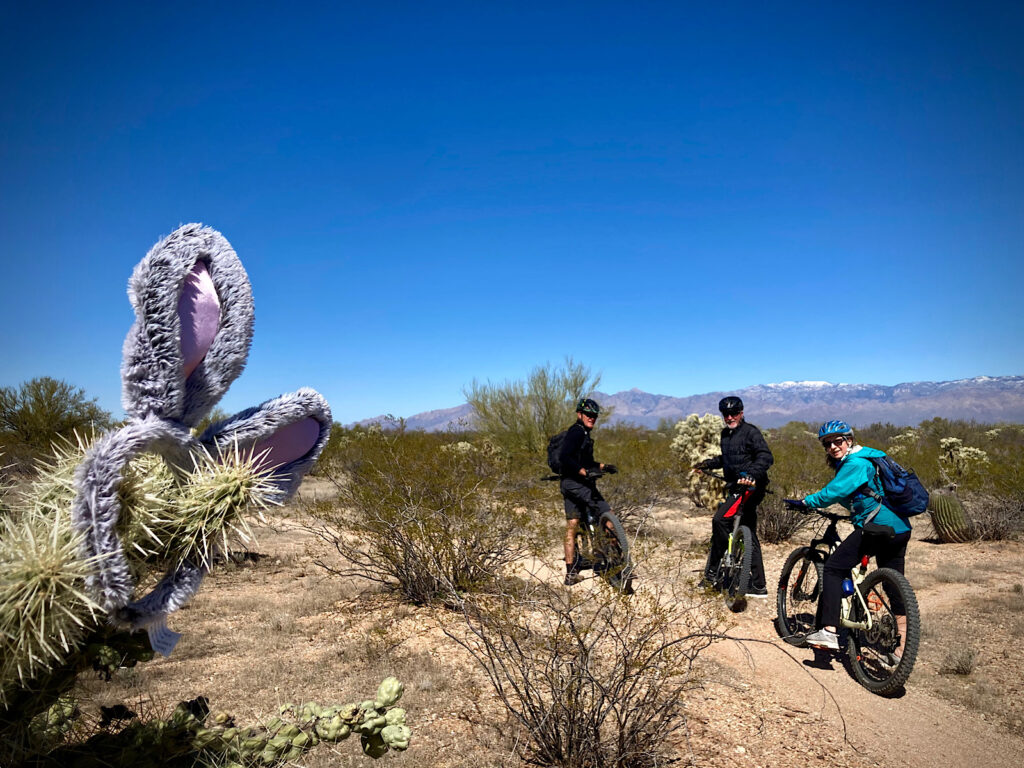
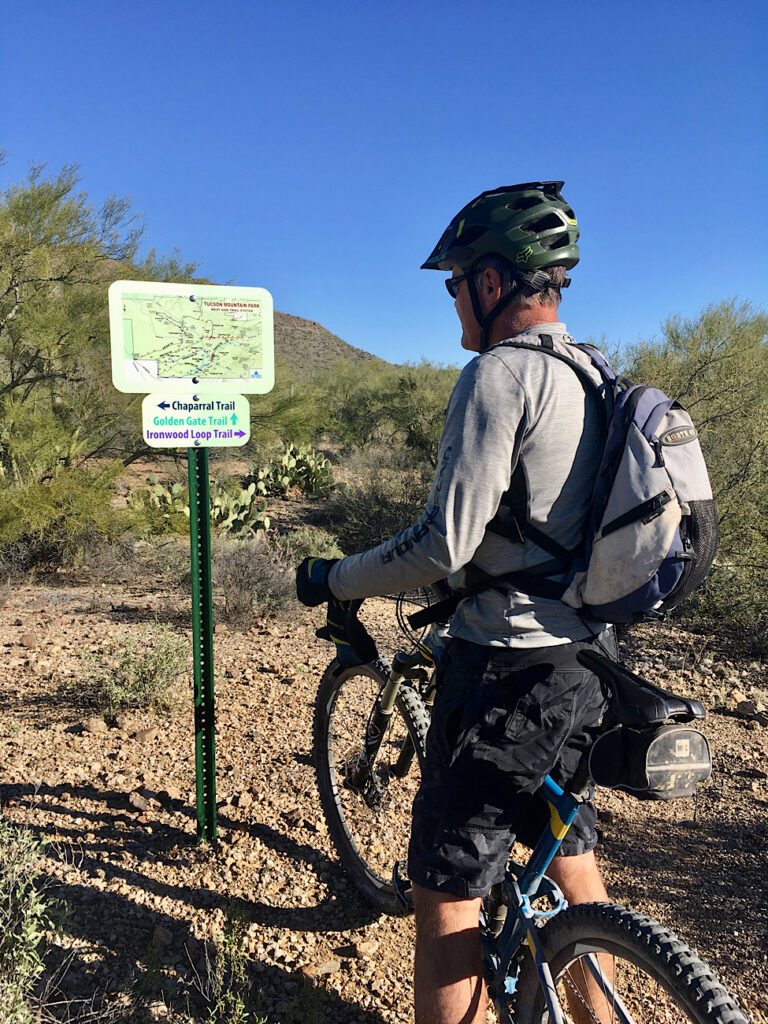
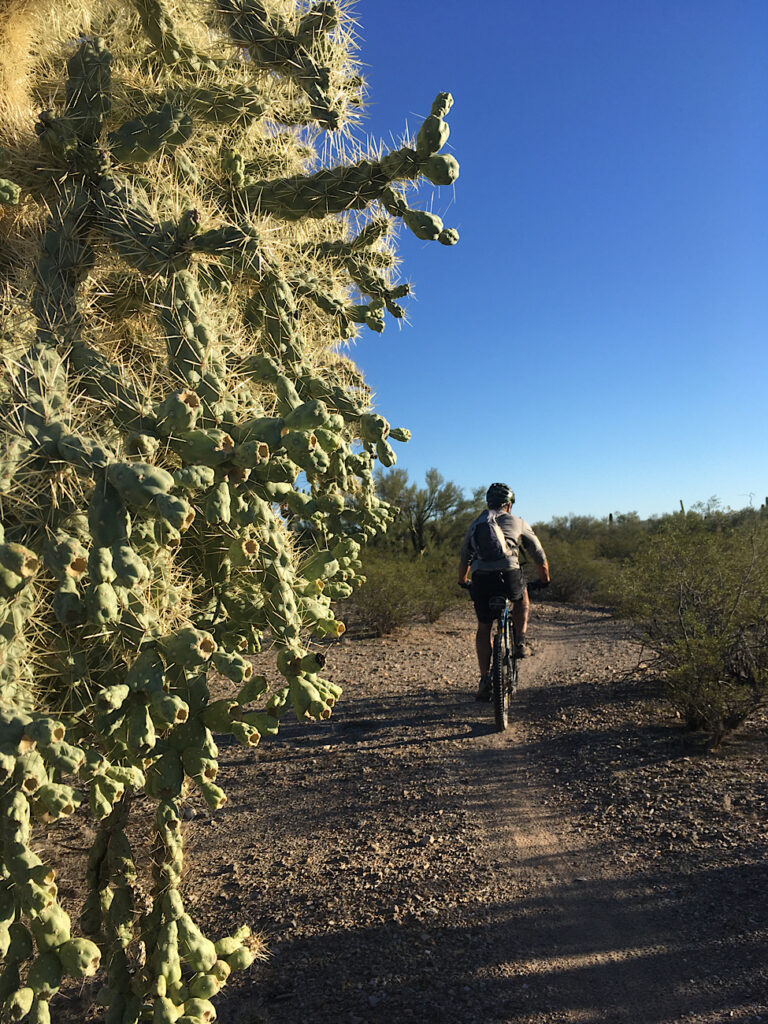
Leave a Reply